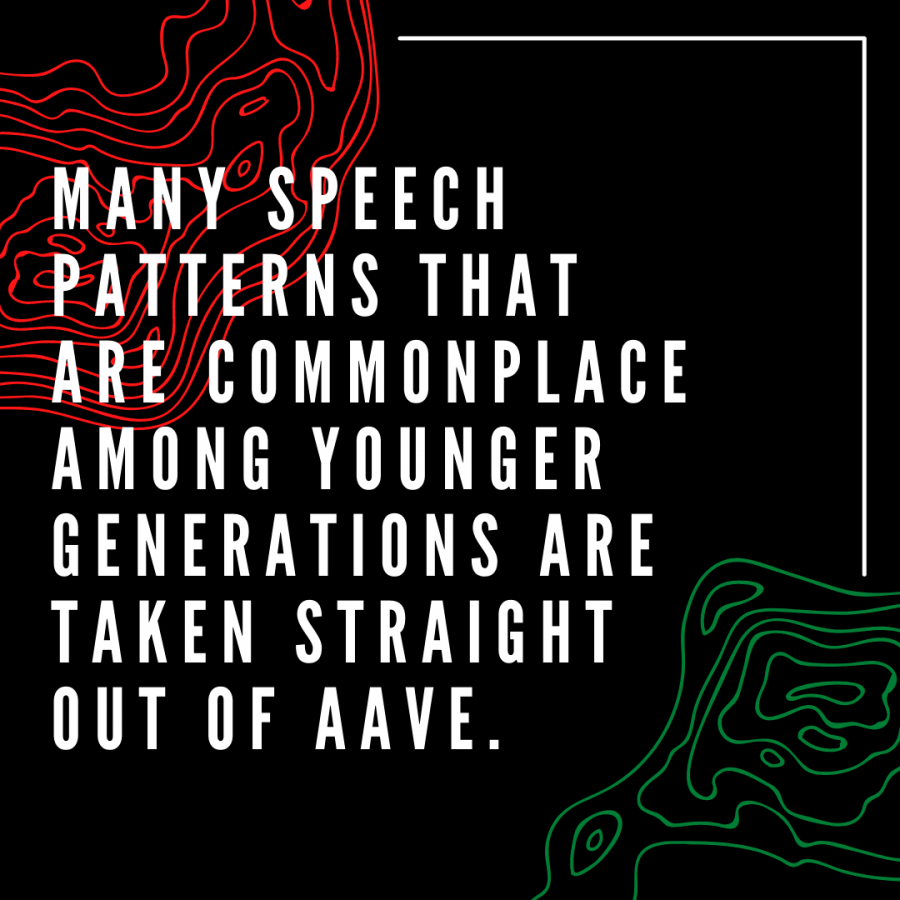A Brief History of AAVE
February 26, 2021
AAVE Through the Ages
February 26, 2021
Black LGBTQ+ Artists
February 26, 2021

Self Expression Through Style
February 26, 2021
Black Excellence
February 26, 2021

AAVE and What it Means to Students
February 26, 2021
Black Student Art
February 25, 2021
Load More Stories


